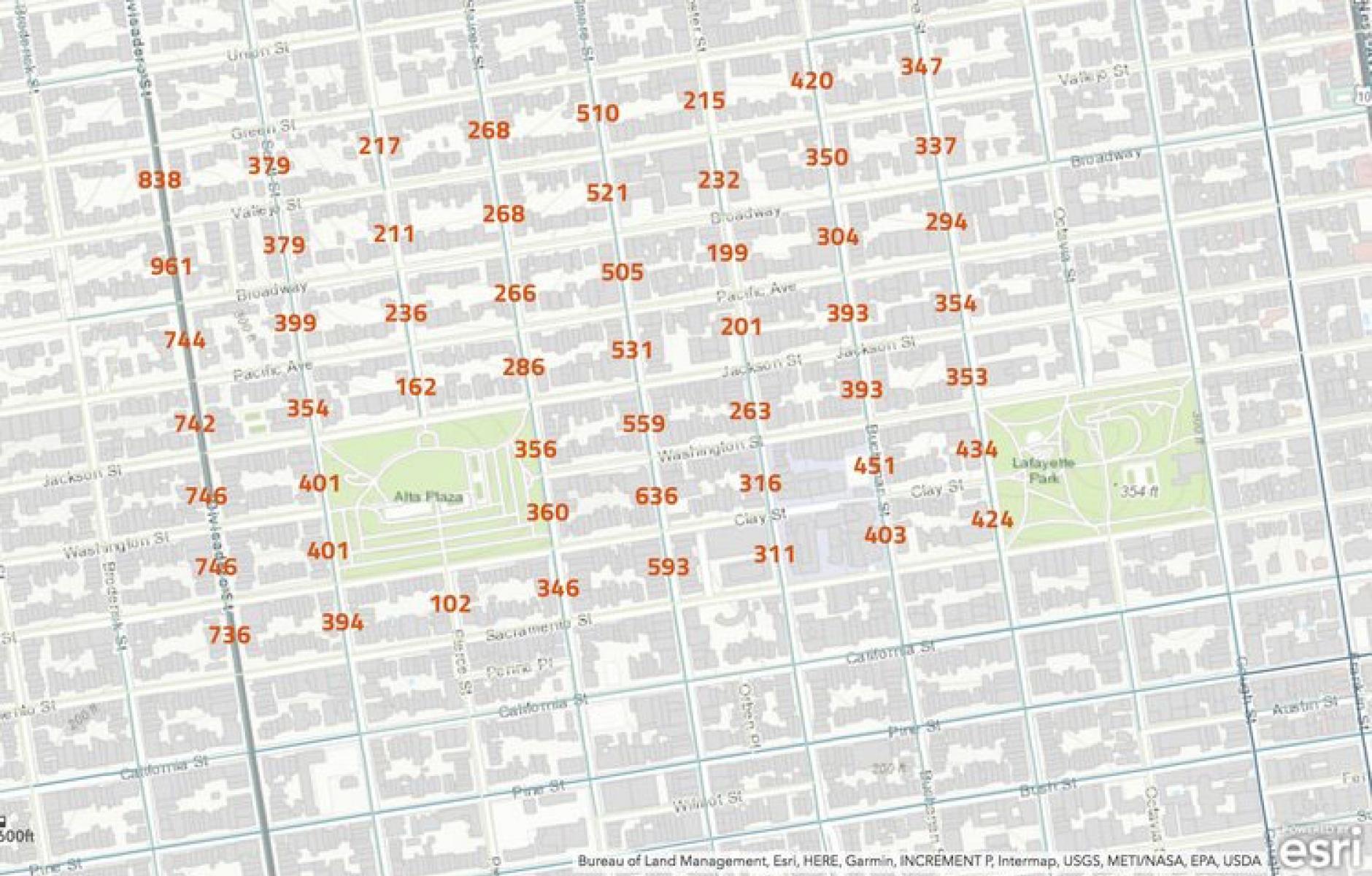
The connected network answer to traffic congestion
Today, Strong Towns advocates for connected street networks to solve traffic congestion. Connected networks—grids or modified grids—disperse rather than concentrate traffic. Hierarchical streets networks—illustrated as subdivisions with loop roads and cul-de-sacs branching off of arterials—concentrate traffic, and they overload easily, according to writer Daniel Herriges. “A hierarchical street network, in which most vehicle trips are funneled onto a small number of major routes, is a perfect recipe for congestion. A well-connected grid, on the other hand, is as good an antidote to congestion as will ever exist,” he writes.
CNU has long advocated for connected street networks. They are called for the 1996 Charter of the New Urbanism, and they were part of new urban plans and planning models from the 1980s. Not too long ago, Public Square published a series of articles (here, here, and here) on why street grids have more capacity than the tree-like, dendritic designs that have dominated transportation planning from 1950 onward. And connected street networks were the subject of a Great Ideas interview.
The great traffic engineer Walter Kulash explained why grids are superior in dealing with left turns—a major cause of backups on arterial roads—in a 1990 presentation on transportation engineering for traditional neighborhoods. The traffic engineering profession is changing its outlook on this topic. The Institute of Transportation Engineers in 2018 published Implementing Context Sensitive Design on Multimodal Thoroughfares: A Practitioner’s Handbook, which discusses connected networks favorably. “While not every street can support all uses, a well-designed multimodal thoroughfare within a connected network will support a variety of different trip types such as commuting, recreation, social ventures, and adjacent businesses while maintaining good access for cars and freight,” says ITE.
As ITE indicates, the advantages don’t stop with capacity and improved ability to deal with many volumes of traffic and interruptions in the system. Connected networks enable small blocks and lot sizes that allow for incremental, mixed-use development.
While this solution sounds simple, it’s not. The vast majority of our metro regions are built on the hierarchical model. Turning around this ocean liner—or perhaps oil tanker is a better metaphor—of a system will take a long, long time.
At the risk of compounding the complexity of this issue, there is good congestion and bad congestion—just like good cholesterol and bad cholesterol. Good congestion is a place where everybody wants to be. A beautiful main street or lively downtown are examples—and that place is typically full of people—pedestrians, cyclists, drivers, transit riders. You find good congestion in a great destination. Bad congestion is a place that where you only want to get through—but you can't get through fast enough because of the congestion. Bad congestion often occurs in miserable places like a beltway or major arterial lined with strips malls and big box stores.
In the good congestion/bad congestion dichotomy, grids also have the advantage. The connected network is more likely to create places with good congestion. But if you want to avoid that good congestion, a grid provides multiple ways to go around. The reverse is true with the hierarchical street system—where the congestion is mostly bad and ways to get around it are limited.
Note: I authored the case studies for the ITE handbook.




